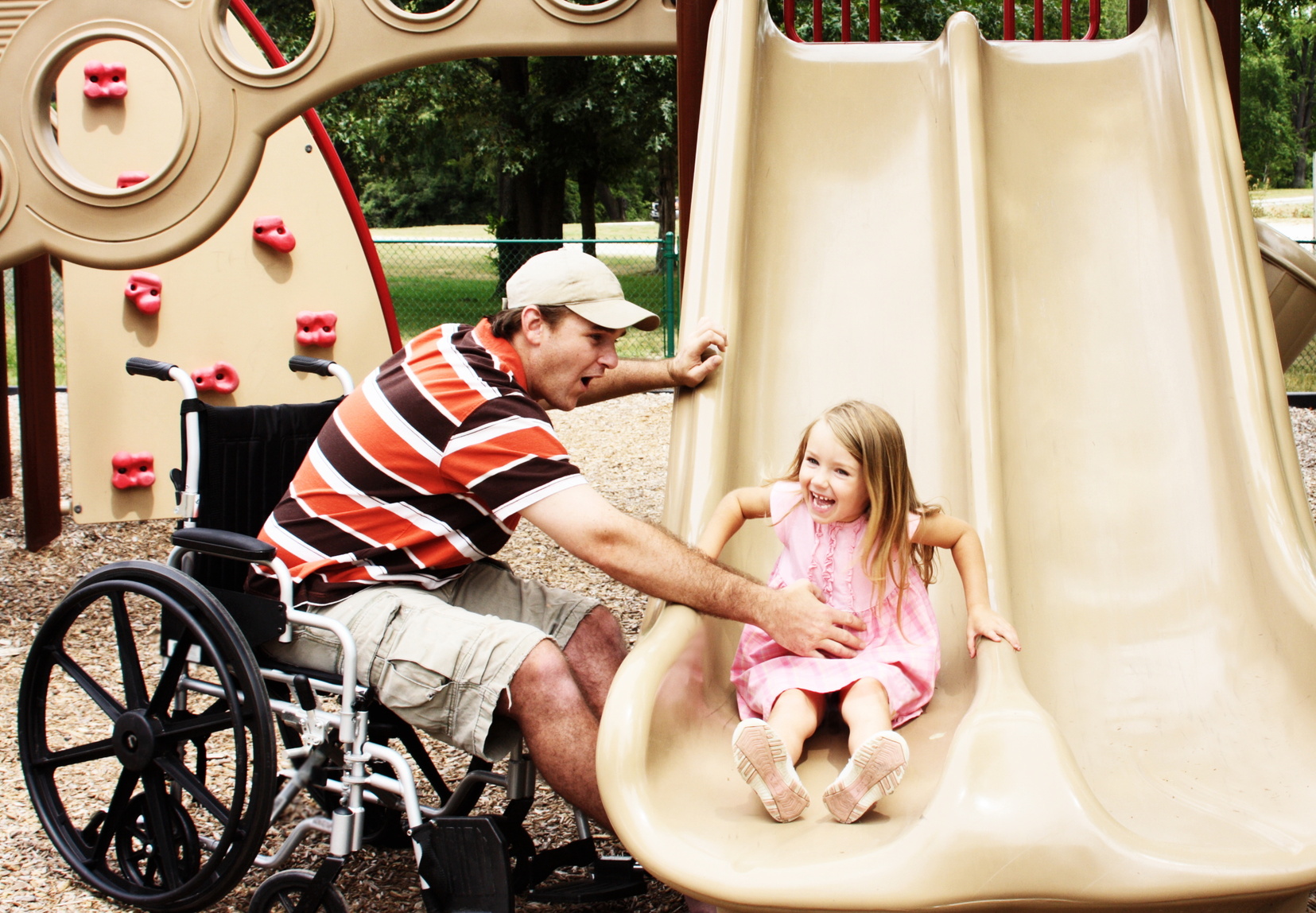Julie Entwistle, MBA, BHSc (OT), BSc (Health / Gerontology)
Remember: Occupational Therapists define the word “occupation” as the way people “occupy” their time. So, for us, this term actually includes all roles involved in living (again, therapy for living, who knew?). In keeping with my theme for October, in celebration of OT month, I will continue to explore the journey of “occupation” from morning to night, highlighting how OT’s help when things breakdown along the continuum that is living.
So, what are your plans after work? How do you like to spend your evenings? What do you do for fun? Given the choice, how do you spend free time? While being productive is essential for the human psyche, so is being unproductive. Well, sort of, because even a lack of productivity is productive. Deep, I know.
Personally, I love a good funny movie, dinner with friends, time with nature, getting out with my kids, exercising, playing sports, reading, blogging, and going on vacation. Those are my “fun”. For others, this could be creative hobbies or outlets, museums, live theatre or music, antiquing, collecting, photography, being online, or a thousand other things that I don’t even know exist.
So what if I was injured, suffered from a mental health problem, have a medical issue, or brain injury? Perhaps I would lack the ability to sit through a movie, or could no longer understand the nuances of humor. Maybe my personality would change and my friends would have a hard time relating to the “new me”. Or, I could no longer physically handle my nature walks, exercising or playing sports. If my vision was impaired, I could not read anymore. If I struggled with cognitive communication, or attention problems, putting together a blog article might also be off the table. And vacations? Those are incredibly difficult to plan and organize at the best of times.
Occupational therapists are very skilled at helping people resume the occupation of fun. There are multiple ways we do this, as we recognize that our “fun” defines much of who we are, and why we work so hard in the first place. For example, if I had to rehab myself from the problems above, I might start with suggesting sit-coms as these require less physical tolerances for sitting, and a shorter attention span. I could view these with another person, and discuss the humor, sarcasm, and recall the best one liners. Perhaps I would need education and support to understand how my personality changes are impacting my relationships, so I can try to make some changes. If my physical abilities were limited, my OT could help me find new ways to enjoy nature (bird watching, photography as examples), and could help me discover new sports and forms of exercise within my abilities (yoga, Tai Chi, and many modified sports have become very popular for people with disabilities). If I can’t read a standard book, maybe I could use an iPad or e-reader so I can change the font size, or switch to audio-books. For my blogs, I could learn new ways to move from a blog idea to a full article, by breaking down the topic into paragraphs or chunks, or learning how to dictate if written communication is my challenge. Vacations could take the form of day trips, short overnights, and eventually out of the country through the help of a travel agent that specializes in planning accessible vacations. I would probably learn that in Canada my attendant can fly for free (with approved paperwork), and that many places (Disney included) are highly accessible.
So if a disability is stopping you from enjoying the occupation of fun, OT’s treat that.
Check out more posts from our “Occupation Is” series.






